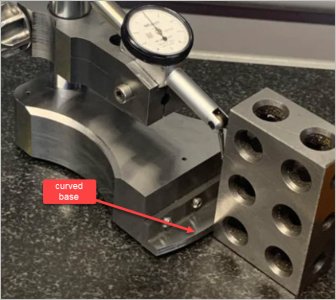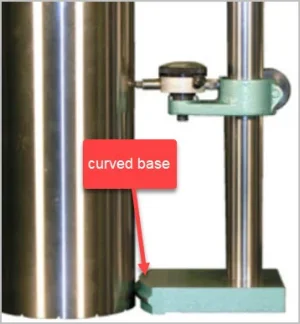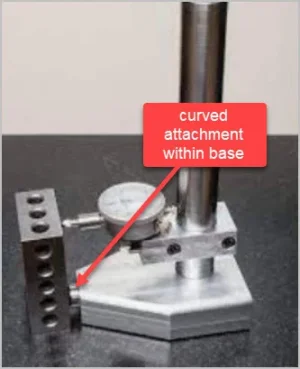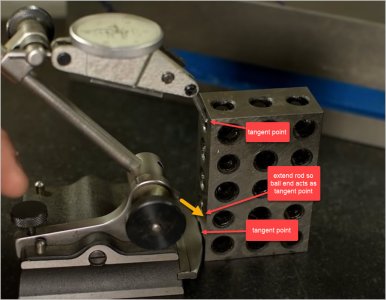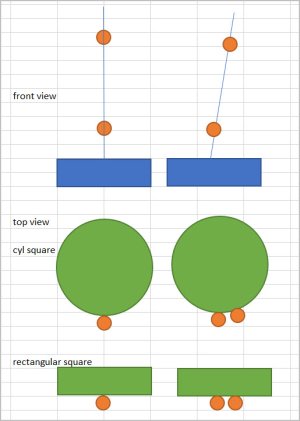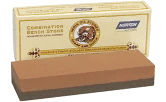Notwithstanding the discussion after your post, I agree with
@Mcgyver. It's not that hard to achieve that kind of accuracy on a surface plate with precision instruments and precision gauge blocks.
What is hard is moving that precision to the mill. Which is why I don't bother scribing on my surface plate. Scribing is not a precision process. At least not for me anyway.
I'll stay out of the scraping discussion other than to say that I have zero doubt about
@Mcgyver 's skills in that arena. Basically, I accept his comments as fact. Any and all scraping I have done was on damaged parts or wood. I don't have the patience or the skills to scrape a large metal surface properly.
I must also say that my CMM experience differs from yours dramatically. In fact, I'd say we are on opposite pages! LOL!
In my own experience, CMM machines are good for measuring BIG things to decent precision considering the size of the part and equipment. But the darn things are just so Orwellian (think octopus on tippy toes) that the errors stack up fast. Which is ok considering the size of the part, the effect of temperature as part size goes up, non-uniform stresses, etc etc. They have their place and can do things you can't do with a conventional gauge setup.

